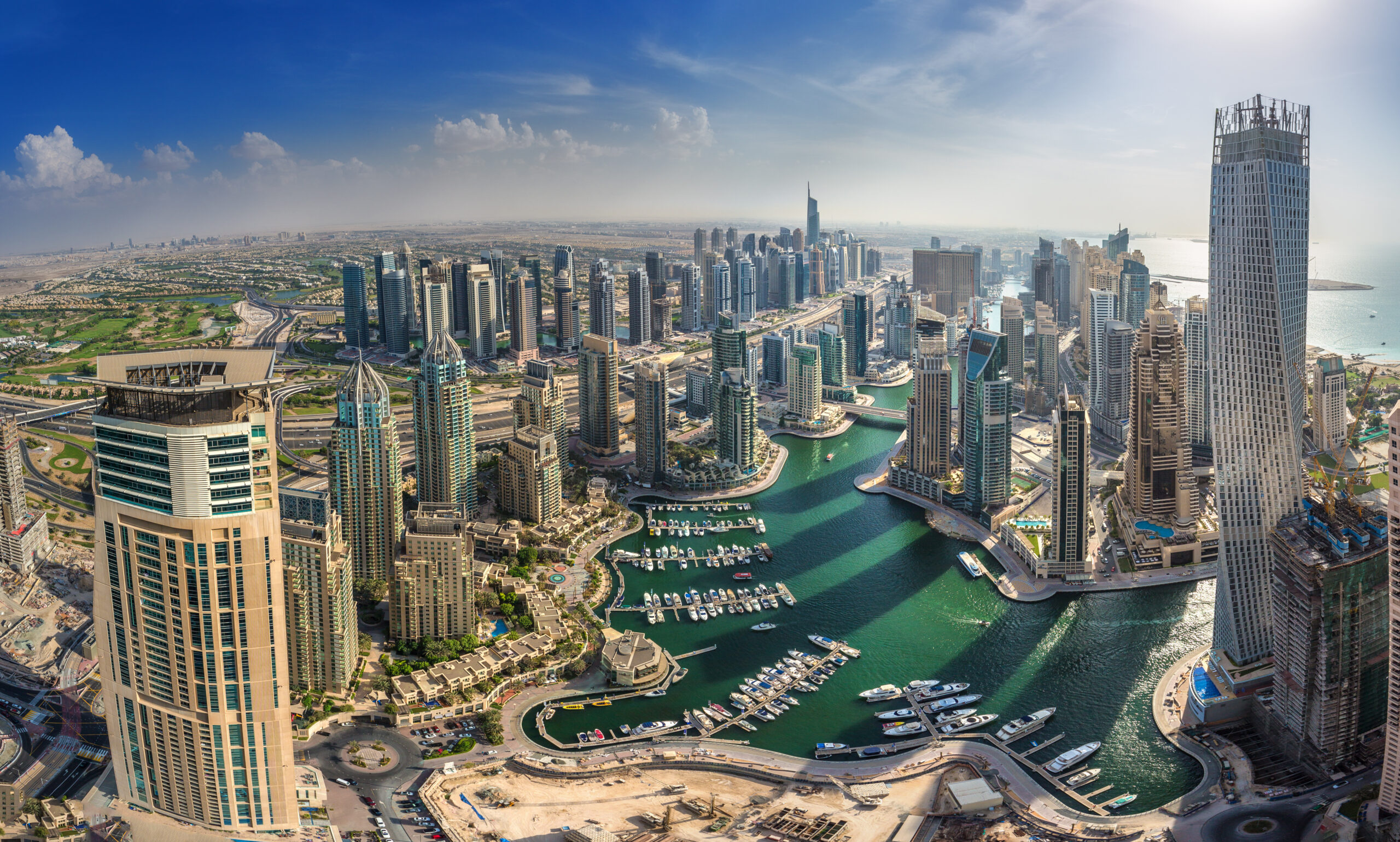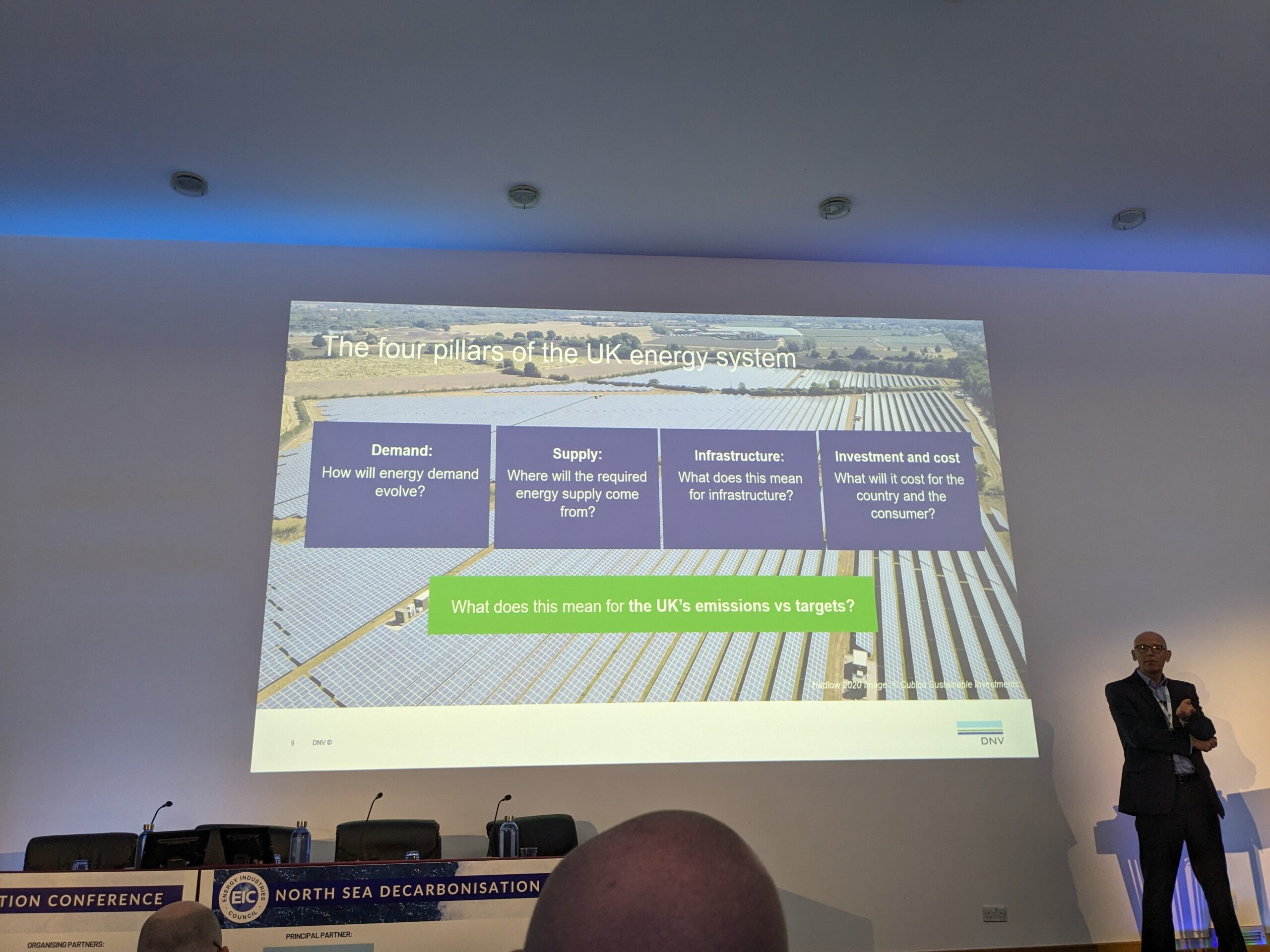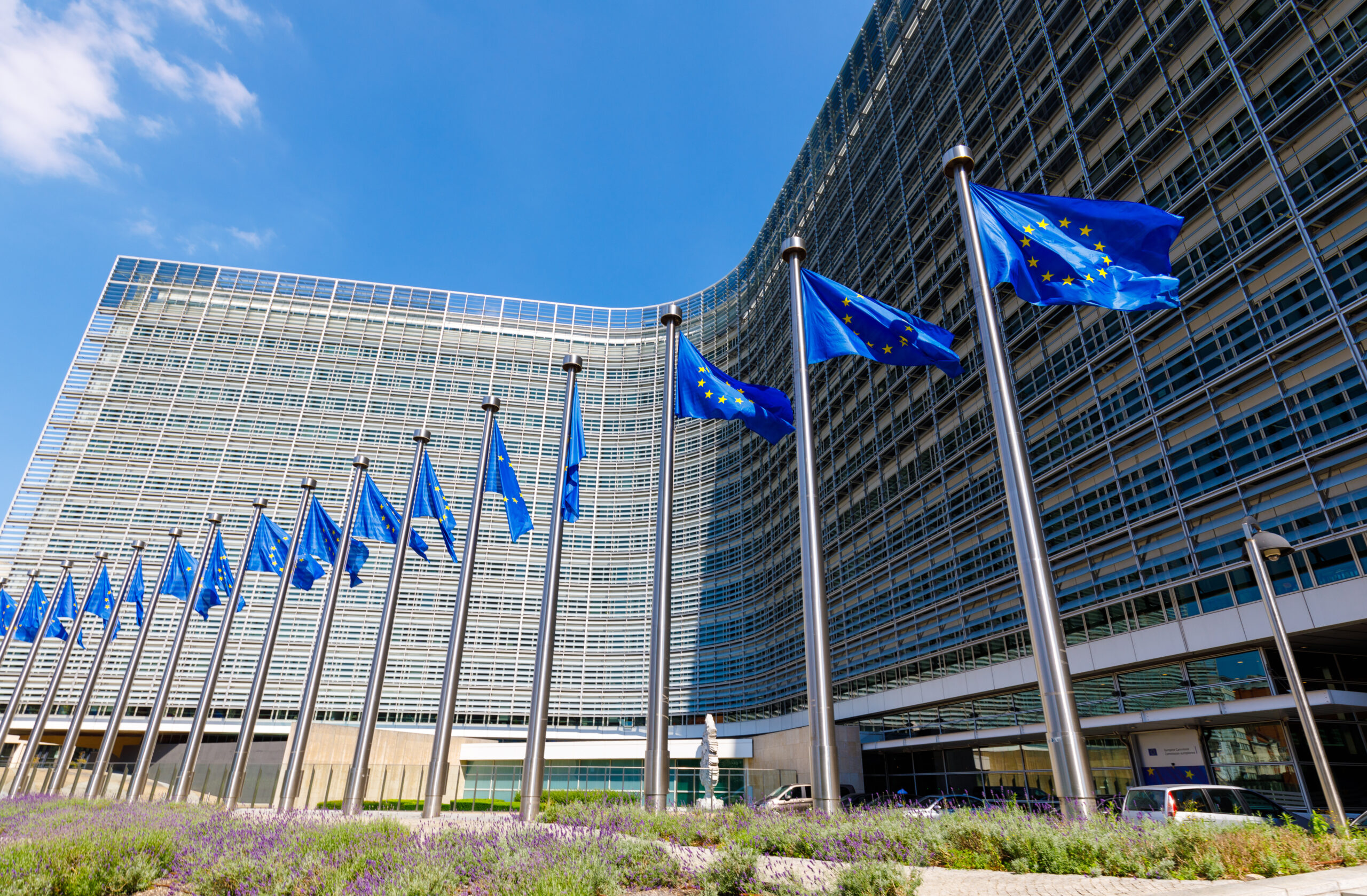COP28 Africa negotiators call for differentiated gas pathways
On the cusp of COP28, African negotiators are calling for different fossil fuel phase-down pathways for developed and developing countries.

As COP28 nears in the United Arab Emirates, voices from the African continent — which is responsible for less than 3% of global greenhouse gas (GHG) emissions — are calling for differentiated fossil fuel pathways from richer, developed nations to give Africa the opportunity to monetize its own oil and gas resources, help it meet huge needs for clean energy and for its economic development.
But Africa needs to tackle structural issues as it has traditionally lagged in attracting investments in oil and gas projects, with funding and financing featuring amongst the primary challenges.
In its official submission to the United Nations Global Stocktake ahead of COP28, the African Group of Negotiators reiterated the need for a ‘just transition’, calling for a ban on fossil fuels by 2030 for developed nations. “A political signal from COP28 should affirm differentiated pathways for countries in the pursuit of net zero and fossil fuel phasedown, where no further exploration of fossil fuels in developed countries is targeted well ahead of 2030, whilst affording developing countries the opportunity to close the global supply gap in the short term.”
They stressed the important role of gas and emerging storage technologies, calling for increased investments in these solutions as well as in renewable energy and its national and continental electricity grids.
The war in Ukraine and its repercussions on the energy, commodity and food markets led to increased interest in Africa’s potential in oil, gas, coal and other commodities, notably for Europe’s efforts to diversify its resources. But even before the war in Ukraine, tackling energy poverty and security of supply whilst addressing the need for cleaner and sustainable technologies was already a critical concern for Africa.
Currently, over 600 million people on the continent are without access to electricity while 970 million are without access to clean cooking solutions, according to the International Energy Agency (IEA). Africa is also experiencing more severe climate change than most other parts of the world, despite bearing the least responsibility for the problem.
Resources
The IEA also states that more than 5,000 billion cubic metres (bcm) of natural gas resources have been discovered to date in Africa, which have not yet been approved for development. These resources could provide an additional 90 bcm of gas a year by 2030, which may be vital for key industries such as the fertiliser, steel and cement industries and water desalination, the IEA adds.
Today, Africa’s gas production and consumption is highly concentrated across North and West Africa with Algeria, Egypt, Libya and Nigeria accounting for 80% of the continent’s total, according to a recent report by the Oxford Institute for Energy Studies (OIES). In contrast, new gas reserves and resources are mostly located in new hydrocarbon development areas. Most of these gas development projects consist in LNG export projects, but only three projects (Mozambique LNG’s Trains 1 and 2, the fast-track floating LNG (FLNG) in Congo and Gabon’s 0.7 mtpa LNG project) have reached the final investment decision.
FLNG
According to the consultancy Wood Mackenzie, the ongoing $800 billion investment cycle that started in the early 2010s into oil and gas projects in Africa is expected to reach its completion by the end of the decade.
As part of these, and along with traditional deep-water oil schemes, FLNG projects play a niche role in Africa due to their flexibility, quick time to market and suitability for volumes, according to Wood Mackenzie. Notably, FLNG technology allows operators to offset the lack of infrastructure – typically a key obstacle to the development of resources.
“We see more examples where FLNG could be applied to African resources, and we expect there is more to come on this growth story,” Wood Mackenzie said in a statement, citing as examples BP’s Tortue FLNG, located offshore Senegal and Mauritania, which is planned to come onstream next year.
Despite this, African nations have been struggling to attract funding and access finance to monetise their natural gas resources or reserves, a trend that is aggravated by the rapidly-growing debt burden in several sub-Saharan African countries and increases in interest rates.
According to the OIES, until recently, export credit agencies (ECAs) and multilateral development agencies (MDAs) played a key role in the financing of Africa’s gas development projects. “But project compliance with environmental, social, and governance or ESG principles is increasingly being scrutinized not only by NGOs, but also by the shareholders and boards of different funding institutions, including ECAs and MDAs, and commercial banks,” according to the OIES report.
Carbon emissions
This is causing investors and IOCs to increasingly focus on “advantaged resources”, according to Wood Mackenzie. “These are resources that you can develop more easily and at comparatively lower costs,” Ian Thom, Upstream Research Director at Wood Mackenzie, told Gas Outlook.
“They are projects where it is feasible to combine with carbon capture and storage (CCS) or electrification for operations, and where net carbon emissions should be considerably lower or at least lower than the current average emission per barrel,” he added.
With IOCs increasingly focusing on lower-cost and lower-risk resources, Africa nations are faced with tough competition with other producers.
But for Valerie Marcel, head of the New Producers Group, a South-South knowledge-sharing network of 30 emerging oil and gas producer countries, oil and gas producers in Africa have an opportunity to design their own development model that embeds all the required measures to make their project net zero and competitive.
In addition to using renewable energy to reduce scope 1 and 2 emissions from projects’ operations, such measures include designing a project with a strong methane leak detection and repair system so operators can intervene very quickly in the event of a leak, she said. CCS can be considered for residual emissions too, she added.
“In designing a new project differently, you can minimize and avoid emissions and think about what to do with residual emissions so that further down the line, in 10- or 20-years’ time, you don’t end up with infrastructure that has not been designed for repurposing or where decommissioning has not been anticipated.”
Marcel also points to the costs associated with introducing such measures, which are typically carried by the government. “In the way things are designed right now, all the investment in decarbonization for the avoidance of emissions is paid for by the developing countries through costs recovery and profit oil,” she said.
“So the IOC pays for it but gets reimbursed through the project for all the investment. Basically, the investment in decarbonization comes out of the treasury of developing countries and it doesn’t seem that multilateral development banks are keen to step in to finance decarbonisation in lieu of the governments,” she added.
With developing countries with weak balance sheets bearing all the financial burden of these costs, Marcel concluded that multilateral development banks should take on a more active role to make projects as “low-emission” as possible.



